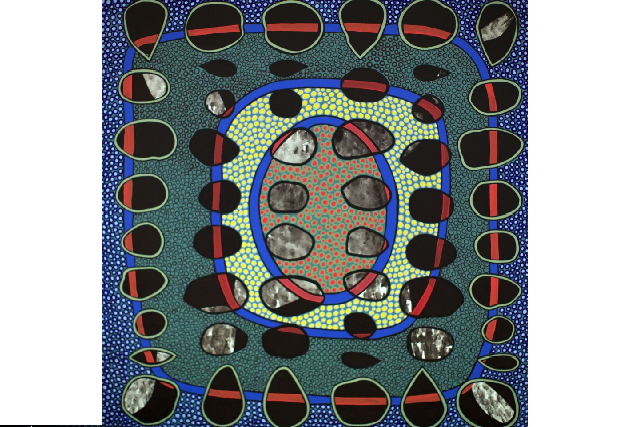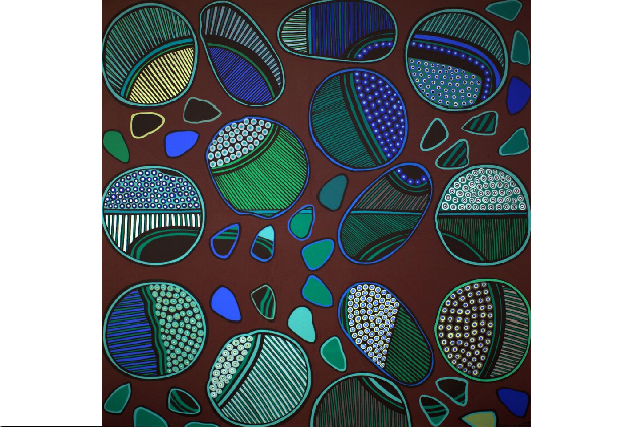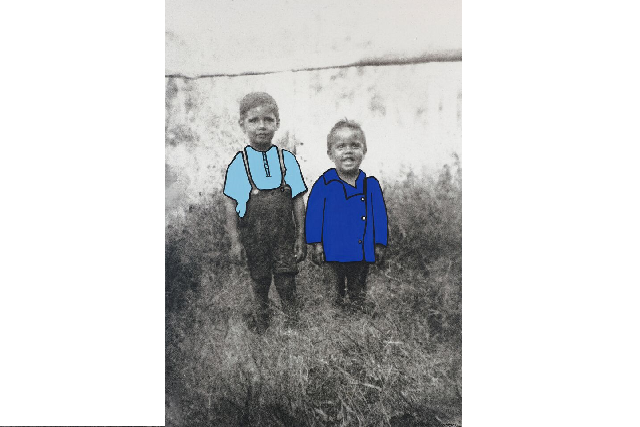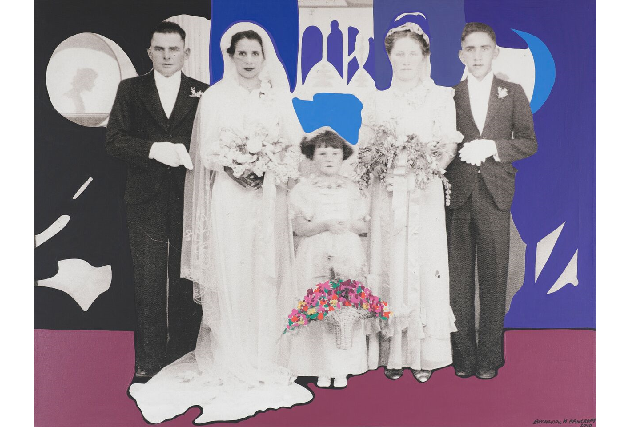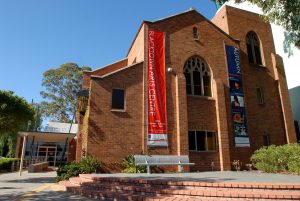Bronwyn Bancroft is prodigious in everything she does. Her outputs extend across art and design, illustration and writing, support for Boomali Aboriginal Artists Cooperative and the Australian Indigenous Mentoring Program, and a deep commitment to NSW Aboriginal communities and the importance of their foundational stories.
Having published 31 children’s books, initially to fill a gap in literacy resources for Aboriginal children and moving into graphic and fashion design, Bancroft is well respected as artist, and highly valued for her mellifluous and passionate advocacy. She’s a mover and shaker, mentor and mother, and works tirelessly to advance the cause of Aboriginal people of NSW.
Visiting her Rozelle studio reveals much about her inspirations. A multitude of photographs of her Bundjalung Home Country greet you: of family, river, trees and wildlife – snake, goanna and birds abound – as well as ample evidence of her lifelong affair with colour. Clustered at one end of the table is a kaleidoscope of acrylic paint laid out in plastic ice trays, individual compartments dedicated to a particular hue, so that glancing across them conjures a musical scale of colour: reds step from deep crimson to screaming orange, and Middle Earth green trills into budgerigar lime.
The title of the exhibition is prescient with much of the work describing the archaeology of her Country and signalling upheaval and displacement.
So it comes as no surprise that in Bancroft’s current exhibition Riverstones & Ramifications at Blacktown Arts Centre, both connection to Country and colour are manifest. The title of the exhibition is prescient with much of the work describing the archaeology of her Country and signalling upheaval and displacement.
A selection of river stones, skilfully sharpened and crafted into tools by Bancroft’s ancestors are displayed and these contribute to the structure of the show by providing motif to anchor the works together. In the series, From the Hands of My Ancestors, Bancroft communicates the interconnectedness of family to Country, and pays homage to her Uncle Pat who bequeathed his collection of stones to her on his death last year.
Bancroft presents her ancestors as newly discovered and precious, perhaps as tribute to programs of rebuilding and bolstering of Indigenous communities for which Bancroft works for by night. Symbolising her ancestors as river stones, these ‘portraits’ are carefully composed; stones are placed in circular designs reminiscent of corroboree and circle gatherings, and simultaneously concealed and revealed by layers of paint, exposing their gem-like qualities, striated and dotted with her trademark brilliant colour.
Several large pieces on canvas demonstrate Bancroft’s prowess with paint; it dribbles slowly through the weave of fine-grained canvas so that the browns and purples are filtered on their journey, each fading into a watery hue, conjuring rain, flood and generations of tears.
She’s describing the stories of her people who lived across time, through Dreamtime and into the now. She’s asserting their ownership of place and of their significance to their NSW Country.

